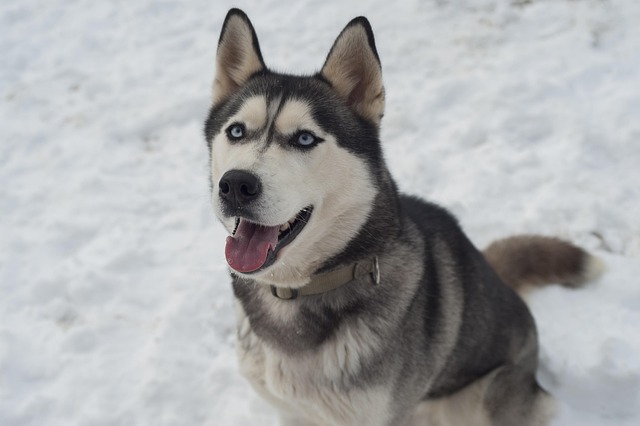
How to care for a dog's scratched eye blood?
A dog’s scratched eye with blood can happen in a flash—maybe during a romp in the backyard, when they rub against a thorny bush, or even while playing with a frisbee.
Most dog owners notice their pup’s stinky breath now and then, but that smell might signal more than just leftover kibble. Over time, plaque builds up along the gumline, turning into tartar that brushing alone can’t remove—and this isn’t just a hygiene issue. In places like California or the UK, some local councils link poor dental health to broader pet welfare checks, meaning neglect could risk running afoul of animal care laws.
Vets typically recommend professional teeth cleanings once a year for most adult dogs, but puppies and senior pups might need more frequent visits. A 7-year-old golden retriever, for example, may develop gum disease faster than a 2-year-old terrier, so their cleaning schedule should adjust. Always check if your area requires veterinary records for routine care—some cities in Oregon, for instance, ask for proof of preventive treatments like dental cleanings during license renewals.
At-home care plays a huge role in stretching the time between professional visits. Wiping your dog’s teeth with a pet-safe toothbrush every other day, or giving them approved dental chews, can cut down on plaque. Avoid human toothpaste, though—xylitol is toxic to dogs, and that’s a common mistake even well-meaning owners make. This daily habit also helps you spot early signs of trouble, like red gums or loose teeth, before they worsen.
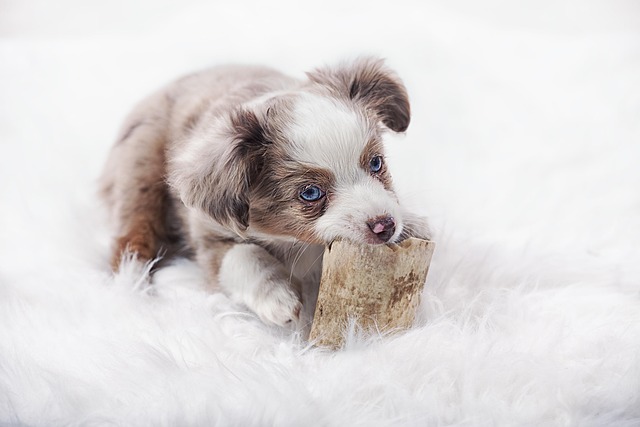 Certain breeds need extra attention, too. Small dogs like Chihuahuas or Shih Tzus have crowded mouths that trap food particles easily, leading to faster tartar buildup. A friend’s Yorkie in London needed two cleanings last year because tartar had already caused mild gum recession—something she didn’t notice until her vet pointed it out. Knowing your dog’s breed-specific risks helps you plan ahead and stay compliant with any breed-specific welfare guidelines in your area.
Certain breeds need extra attention, too. Small dogs like Chihuahuas or Shih Tzus have crowded mouths that trap food particles easily, leading to faster tartar buildup. A friend’s Yorkie in London needed two cleanings last year because tartar had already caused mild gum recession—something she didn’t notice until her vet pointed it out. Knowing your dog’s breed-specific risks helps you plan ahead and stay compliant with any breed-specific welfare guidelines in your area.
Skipping professional cleanings can lead to more than bad breath. Untreated dental disease can spread bacteria to the heart, kidneys, and liver, shortening your dog’s life. It also gets more expensive: a simple cleaning costs around \(200–\)300, but treating advanced gum disease with extractions can jump to $1,000 or more. Many pet insurance plans cover routine cleanings now, so checking your policy could save you money while keeping your pup healthy.
Keeping your dog’s teeth clean isn’t just about fresh breath—it’s about following local laws, protecting their long-term health, and showing them you care. By mixing regular at-home care with annual vet visits (or more if needed), you’ll keep their smile bright and avoid any run-ins with welfare regulations. And if you’re unsure about your area’s specific rules, your vet or local animal shelter can point you in the right direction.

A dog’s scratched eye with blood can happen in a flash—maybe during a romp in the backyard, when they rub against a thorny bush, or even while playing with a frisbee.

Many dog owners freeze up the first time they hold a clipper near their pet’s paws—worried about nicking the quick or making their dog anxious.
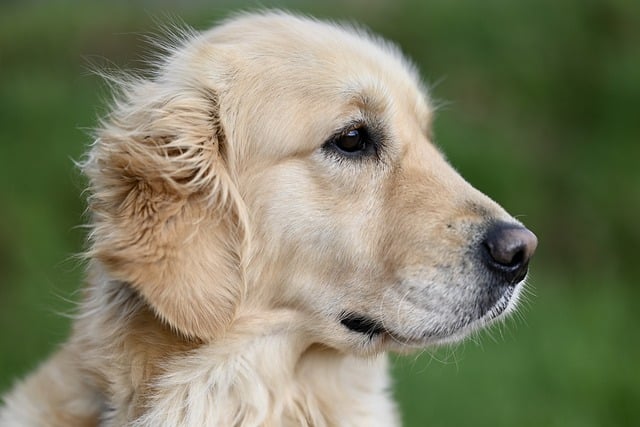
I sat with my friend Maya on her Seattle apartment couch last month, as her 2-year-old Shih Tzu, Luna, trembled under the blanket—thunder booming outside
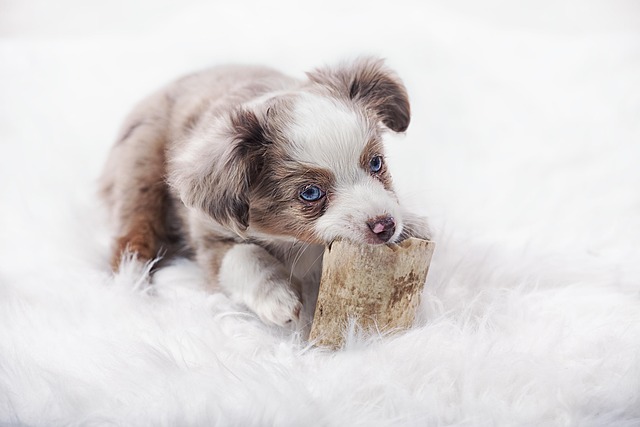
Most dog owners notice their pup's stinky breath now and then,but that smell might signal more than just leftover kibble.Over time,plaque builds up along the gumline,turning into tartar that brushing alone can't remove—and this isn't just a hygiene issue.
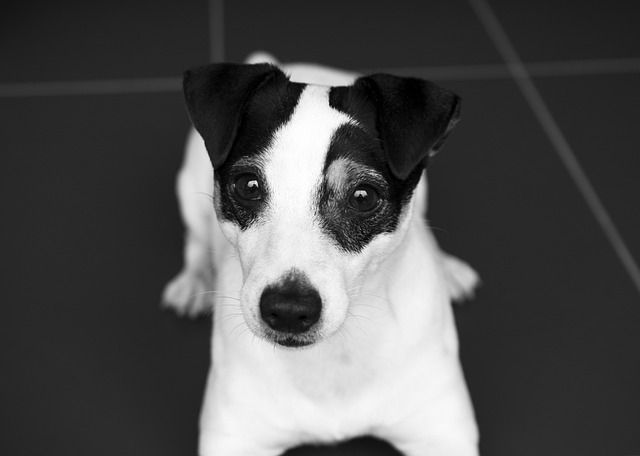
Knowing when and how to trim your dog’s nails is one of those essential skills new pup parents quickly learn to master.

Many new pet parents get caught off guard when they first hear about the cost of professional dog teeth cleaning—after all, it’s easy to overlook dental care until you notice your pup’s bad breath or yellowed teeth.